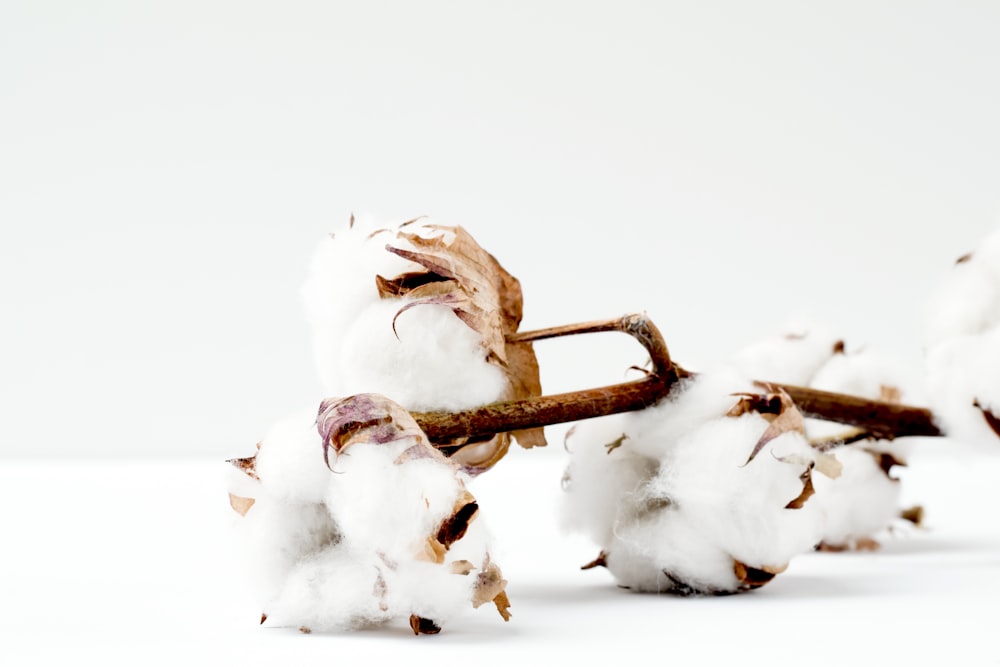Cotton: Long-Awaited USDA Report Unveiled Skeletons In The Closet
Photo by Marianne Krohn on Unsplash
The March 2023 Cotton and Wool Outlook report presented USDA's latest 2022/23 U.S. and world cotton supply and demand projections. That report also highlighted U.S. retail cotton consumption changes in the calendar year 2022 and included the latest U.S. textile and apparel trade data.
The report indicated a 5-million-bale (~6%) increase in global ending cotton stocks —compared with the 2021/22 season — as mill use falls below production. World cotton stocks are projected at 91.1 million bales, the second highest since 2015/16, but they could not be processed smoothly, as demand for cotton clothes is projected to rise in conjunction with rising demand for the production of more soldier uniforms around the world. Cotton stocks overhang is forecast larger in most of the major producing countries, with Pakistan and Australia being the exceptions. China — the largest stockholder — is forecast to account for 39.4 million bales, or 43% of the 2022/23 total, while Brazil and India contribute a combined 27%.
In contrast, world cotton mill use is projected 6.2 million bales (5.3%) lower at 110.1 million bales, as high clothing inventories depress importers’ orders. World cotton trade is forecast at 39.6 million bales, the lowest since 2016/17. Two of the top three exporters, the United States and India, account for most of the decline. Meanwhile, cotton prices are forecast to decline from the remarkably elevated levels of 2021/22, as the stocks-to-use ratio climbed to its highest level (83%) in 3 years.
Lower U.S. cotton supplies and the uncertainty surrounding the global economy have reduced export prospects this season. Through the first 7 months of 2022/23, U.S. cotton exports totaled/
Just 5.9 million bales, or 49% of the season’s forecast. U.S. cotton exports are projected at 12 million bales in 2022/23, 2.6 million below 2021/22, and the lowest shipments since 2015/16. As a result, the U.S. share of global cotton trade is forecast at 30%, compared with the 3-year average near 35%.
Furthermore, the NCC Annual Planting Intentions survey projected 2023 U.S. cotton acreage to be 11.4 million acres, 17% less than in 2022. While production costs remain elevated, cotton harvest-time futures prices are currently 16.5% lower than a year ago, as the prices of most other clothes production-related commodities are relatively unchanged. The current economic signals are reflected in the 2023 survey results, as many growers indicated a shift away from cotton to other competing commodities.
In terms of the global situation, overall, the outlook for world cotton demand for the 2023-24 year is bound to increase as compared to 2022-23 with the expectation of improving global economic conditions. For the next, 2023-24 marketing year, world consumption is projected to further increase by 4.7% to 116.1 million bales.
Summary of outlook:
Even though world demand for cotton-made end-merchandise is expected to rise on account of growing demand for military uniforms and general post-Covid consumption improvement, the reduced capacity of cotton mills creates unfavorable conditions for cotton pricing, as cotton stocks overhang keeps slowly growing. It is only the expected drop of cotton acreage as a result of sliding cotton prices, that may rebalance the equilibrium, but it’s unlikely to happen until 2024.
More By This Author:
Cocoa: Prices Resumed Ascent After Short Pause On Uncertainties
Volatility Ahead For Wheat Prices: Grain Black Sea Shipping Corridor Matters
Raw Cane Sugar: Another Story Of A Tight Market




